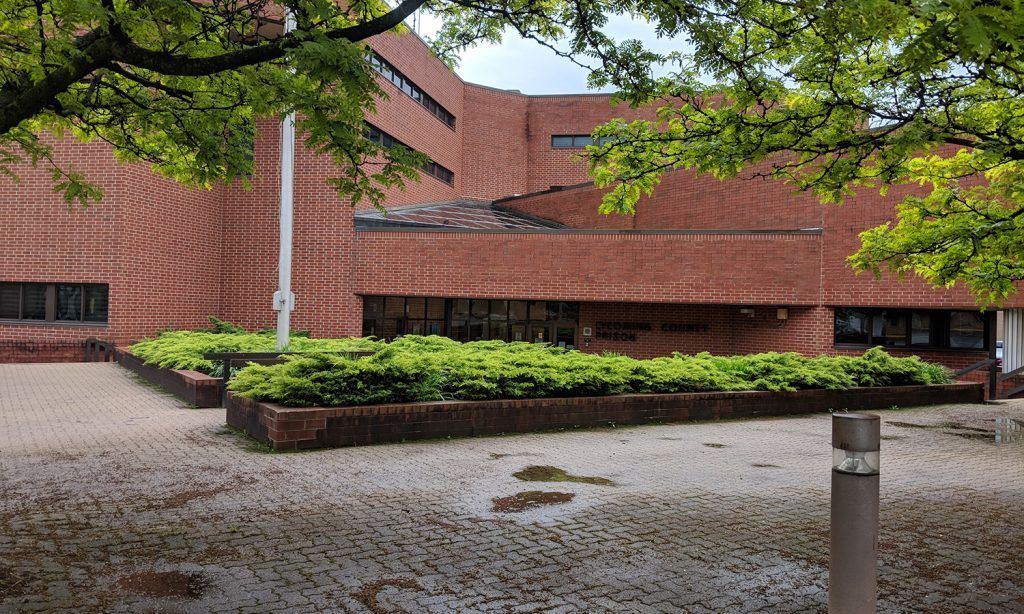
The door to the Lycoming County prison is often referred to as revolving – bringing inmates in and out on such a recurring basis that breaking free from a life of incarceration can seem almost impossible.
Data compiled from two separate recidivism studies shows that over 30% of inmates released from the county prison are arrested again after one year, and over 45% are rearrested after three years.
What makes breaking the cycle of incarceration and probation so difficult? This is the question community leaders and criminal justice officials are working to answer. But beginning to answer those questions starts with proper data, according to Kerry Richmond, chairwoman of the Lycoming County Department of Criminal Justice and the author of both studies.
By analyzing arrests, releases and rearrests, the two recidivism studies track parolees and prison inmates from 2015 to 2017 and record demographics, crime statistics, length of stay and the average rearrest rates.
“When you look at the data, it shows us who is most at risk of reoffending,” Richmond said. “The past few years there has been a new effort to look at this information at the county level.”
Despite progress over the years, a coordinated effort to reduce recidivism still is lacking, according to Richmond.
“I think there is a gap that we still have in the county,” she said, adding that pockets of good work is happening, but these studies show that breaking a cycle of crime still is nearly impossible for many.
Data highlights:
In Lycoming County, the data shows that two-thirds of the inmates who leave the prison are unemployed. Three-quarter are single and of those who are single, 50% have children.
Roughly 80% of prison inmates are white males in their early 30s. While the probation study shows that far more white males commit crimes in the county, only 7.2% recidivate, while 13% of African American males do recidivate, meaning it is more difficult for them to reenter the community.
Other important highlights include a higher percentage of women with mental health issues who are unable to get out of the criminal justice system.
“Women are significantly more likely than men (49% to 20%) to report having a mental health issue and to report using drugs,” according to the prison recidivism report.
Statistics like this are concerning, Richmond said, adding there is still a gap in the county’s ability to transition inmates and parolees back into the community and out of the criminal justice system.
A reentry coalition was formed in 2015 to evaluate the county’s recidivism issue and propose possible solutions. A grant-funded reentry coordinator was hired to work directly with inmates and parolees. However, the position is currently vacant and the most recent request by the county for a grant to fill it was denied, according to Commissioner Scott Metzger at a recent meeting.
Data from studies like these often are used to help officials organize programs and allocate funding to assist with reentry, according to Richmond, who hopes that this data compilation will assist with future programming in the county.




